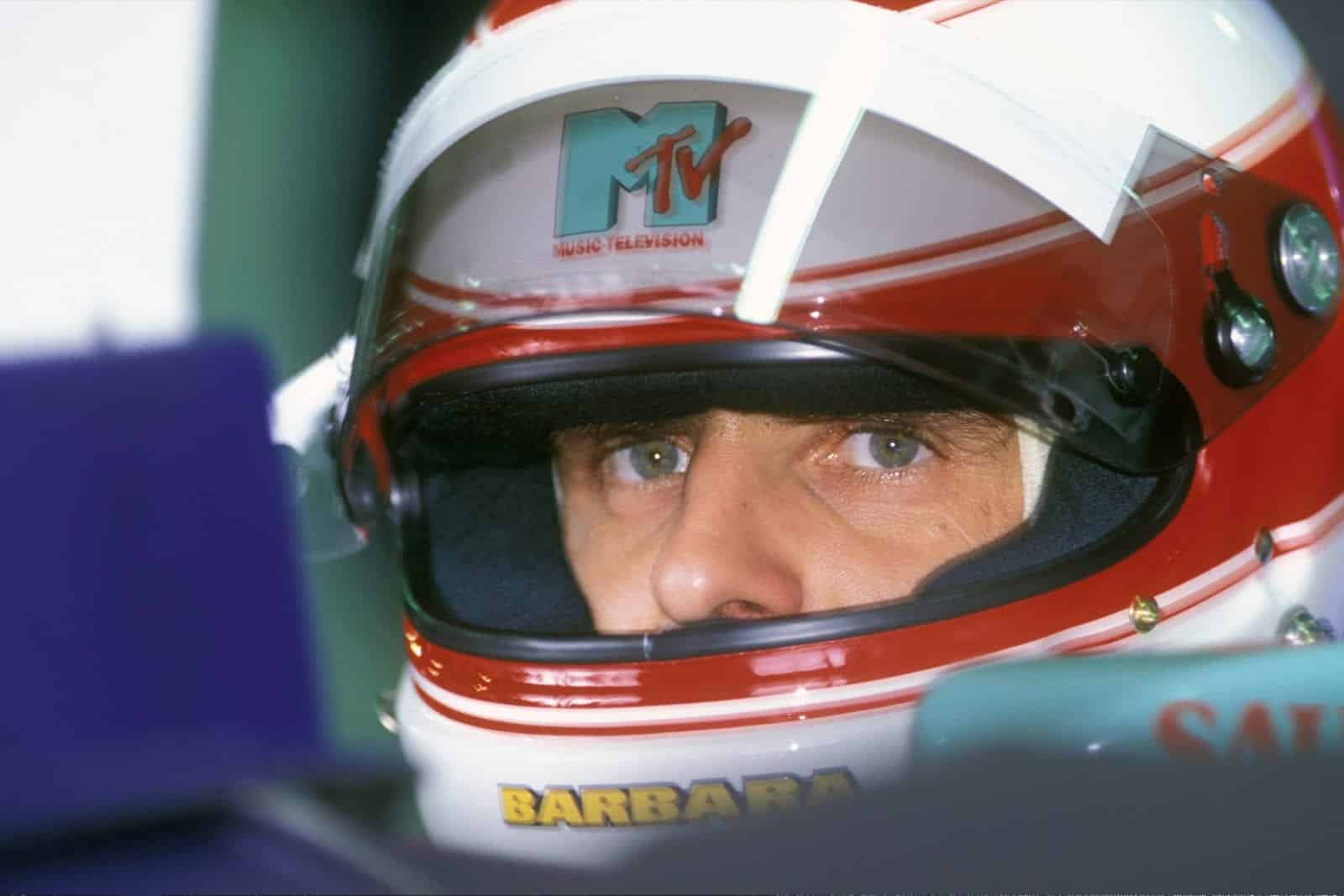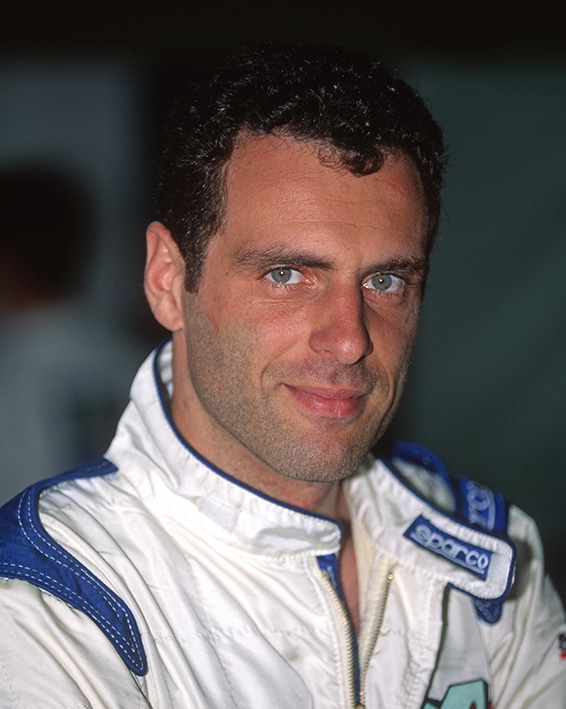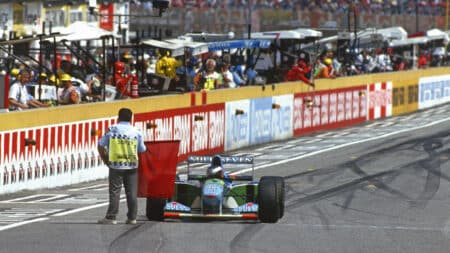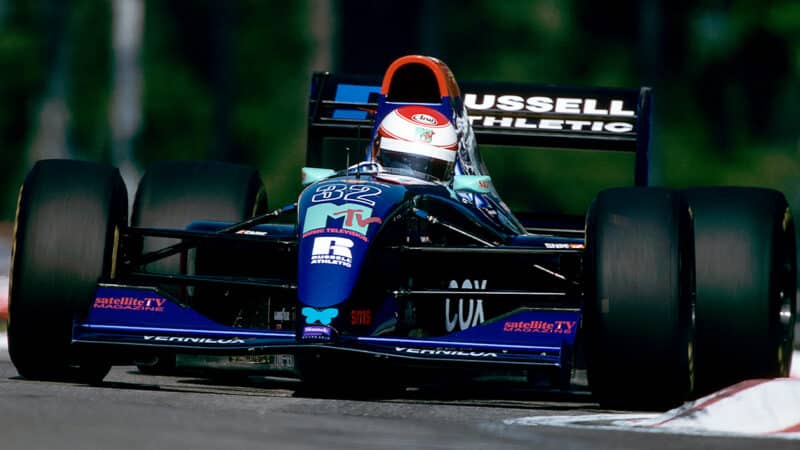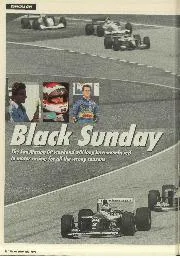As a teenager Roland discovered that racer and Formula Ford team owner Walter Lechner was based nearby and, while studying at a technical school, he began to hang around the workshop. On finishing his education at 18 he joined Lechner, who – with perfect timing – was just opening a racing school at the Salzburgring.
Roland had no money, and there was no support whatsoever from his parents. But now he had an opportunity to get behind the wheel on a regular basis while working as a mechanic and later instructor at the school. “His parents were 100% against me,” Lechner says. “Because I was the one who helped to get him into racing! From day one he was very confident, he was sure he would make it. He was very hungry and very focused.
“The only problem was that he was underfinanced like hell. Gerhard Berger was with us in FF2000, and it might even be possible that Roland worked on his car. Gerhard was a wealthy son from a big transport company, and it was much, much harder for Roland…”
It was indeed a slog. Roland took any opportunity to further a stop-start Formula Ford career, working at the Jim Russell school in Italy, as a mechanic for a German team and later at engine tuner Gatmo. He was always helped by his networking skills, easy-going charm and a big, winning smile.
“He was quick and determined – as good as anybody on his day.”
Everything finally came together in 1986, when he tackled the British FF1600 series on a shoestring. There was a level playing field for the one-off Race of Champions event at Brands Hatch, where Van Diemen provided 25 identical cars and Roland beat a strong field. Back in his own machine he did a brilliant job to win the Festival at the end of the year.
He was already 26 – although he told the world he was 24 – but his success finally propelled him upwards. Via an introduction from Gerhard Berger’s manager Burghard Hummel, who helped out as a favour, he landed a works BMW drive with Schnitzer in the new World Touring Car Championship. Despite his inexperience he held his own alongside Roberto Ravaglia, Emanuele Pirro and Ivan Capelli, and logged a string of podium finishes.
Hummel also helped Roland to find ATS funding for British F3, and he earned a couple of thirds with West Surrey. Combining two parallel programmes had not been easy, and for 1988 he focused on F3, this time with Madgwick. It was a difficult season, and his career seemed to have stalled. His only way forward in single-seaters in 1989 was the second-string British F3000 series.
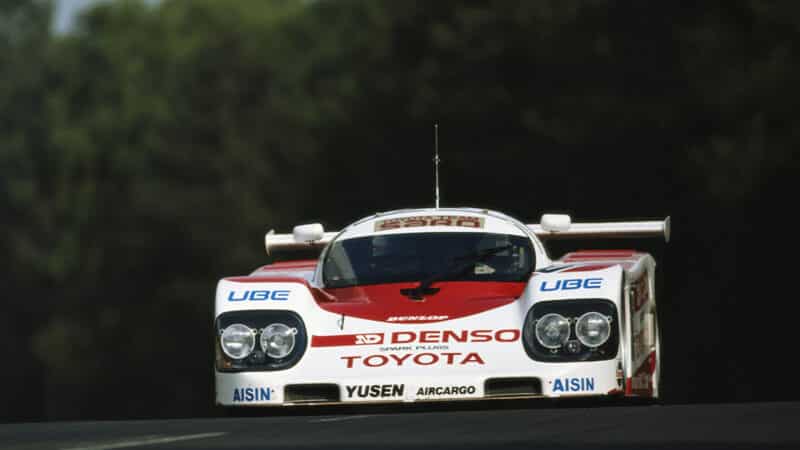
Ratzenberger at Le Mans with SARD in 1990
Pascal Rondeau/Getty Images
New doors were opening, however. That year he also took his first steps in sports car racing having landed a Toyota seat with SARD, rival to the works TOM’S team in Japan. He dovetailed that with some World Championship races with Brun, sharing with old mentor Lechner on his aforementioned Le Mans debut.
The racing scene was booming in the Far East and Japan would become Roland’s second home, his SARD job leading to opportunities in F3000 and Group A. He finally began to earn good money, enough to justify setting up a European base in Monaco. Despite his success in Japan, however, he always kept his options open. He was one of many drivers hoping to get into Jordan for its F1 first season in 1991, and later he had an impressive Champ Car test with Dick Simon at Willow Springs.
In the winter of 1991-92 his life briefly changed, when he quietly married the former long-time partner of another driver. The arrangement lasted a matter of weeks and he soon discovered that he wasn’t ready to settle. His greatest regret was that to show his initial commitment he had thrown away his little black book, losing a lifetime of carefully stored phone numbers. Not that finding new lady friends was ever a problem. “It was like his driving, he would just go for it,” says sports car team-mate Eje Elgh. “That was his personality.”
